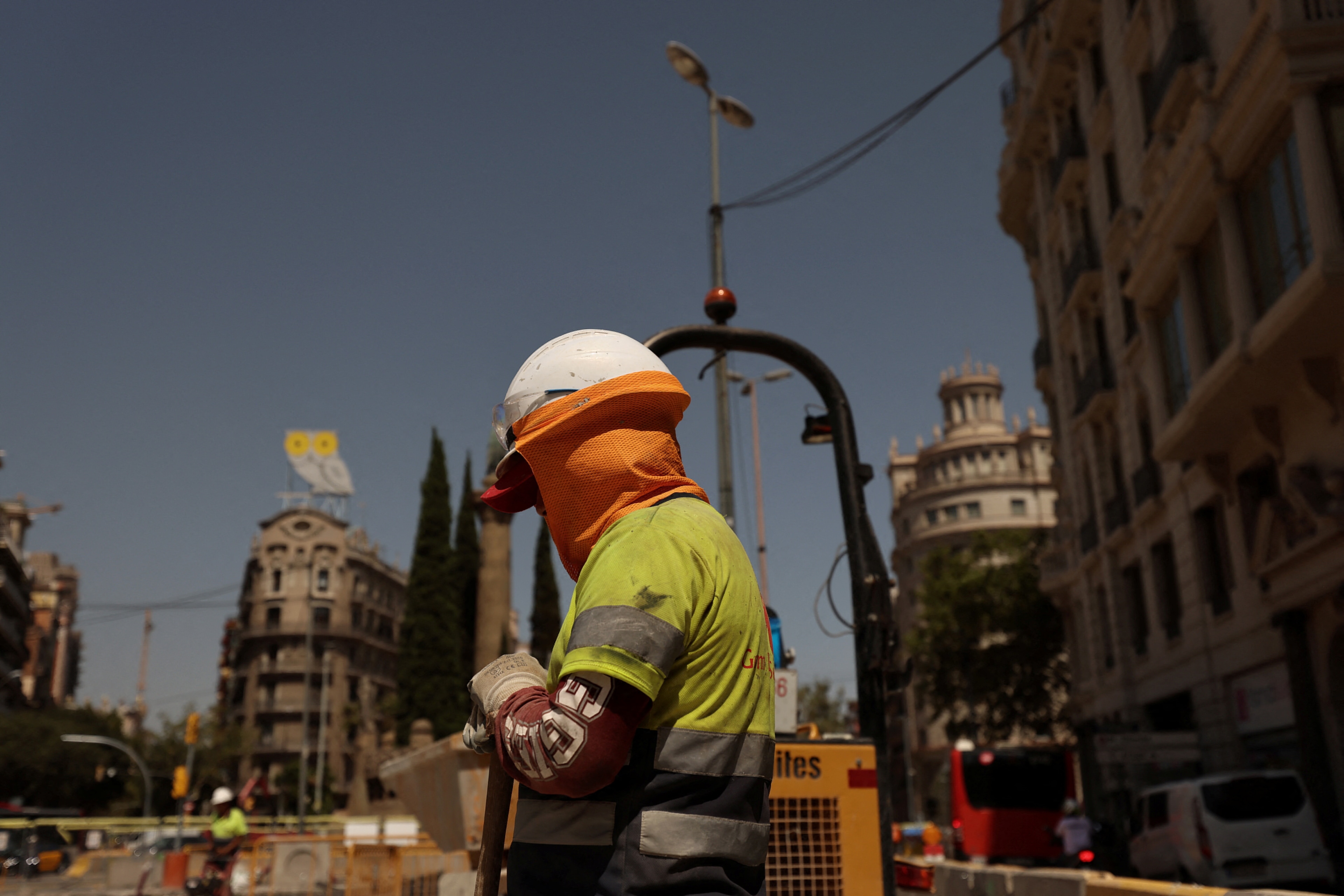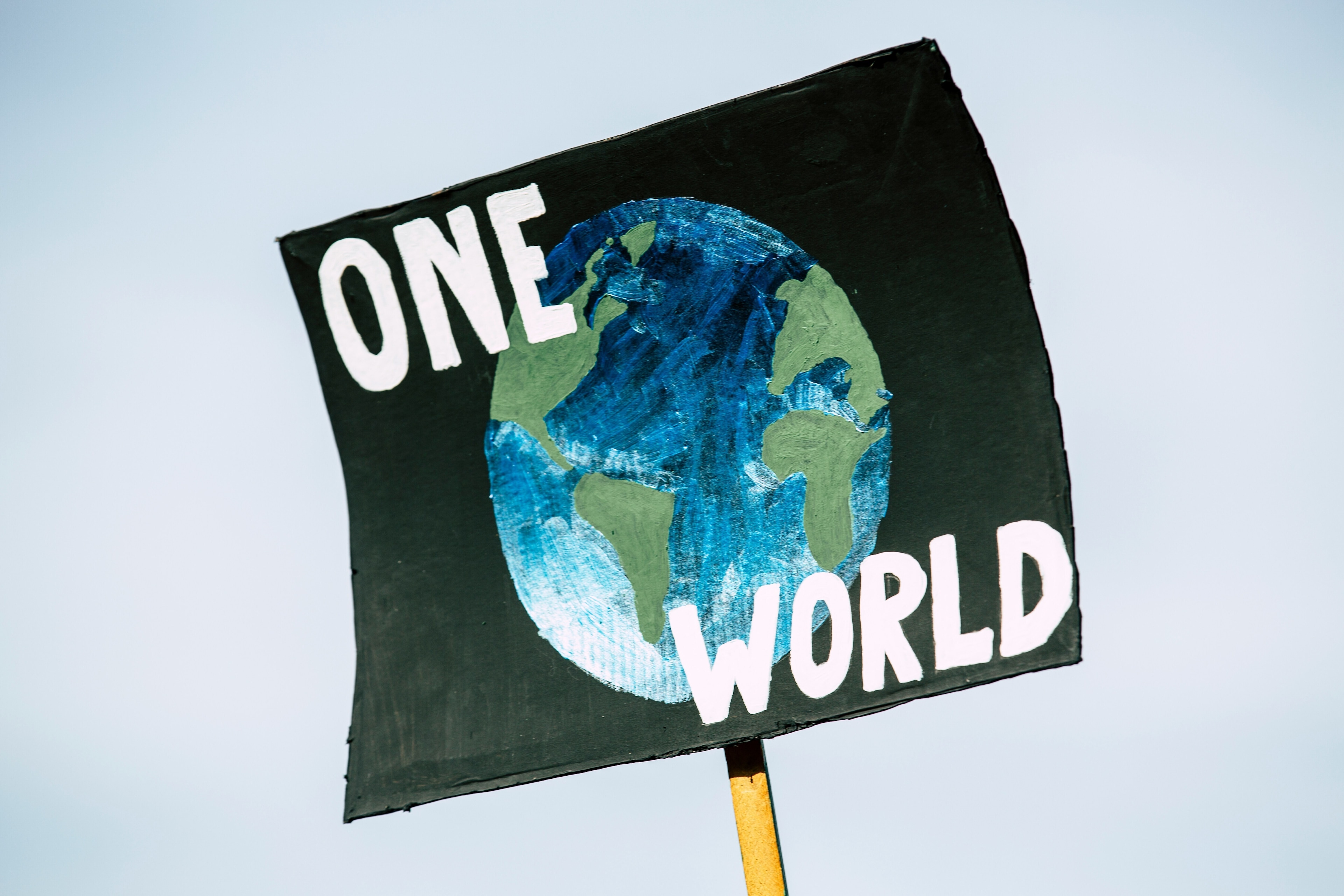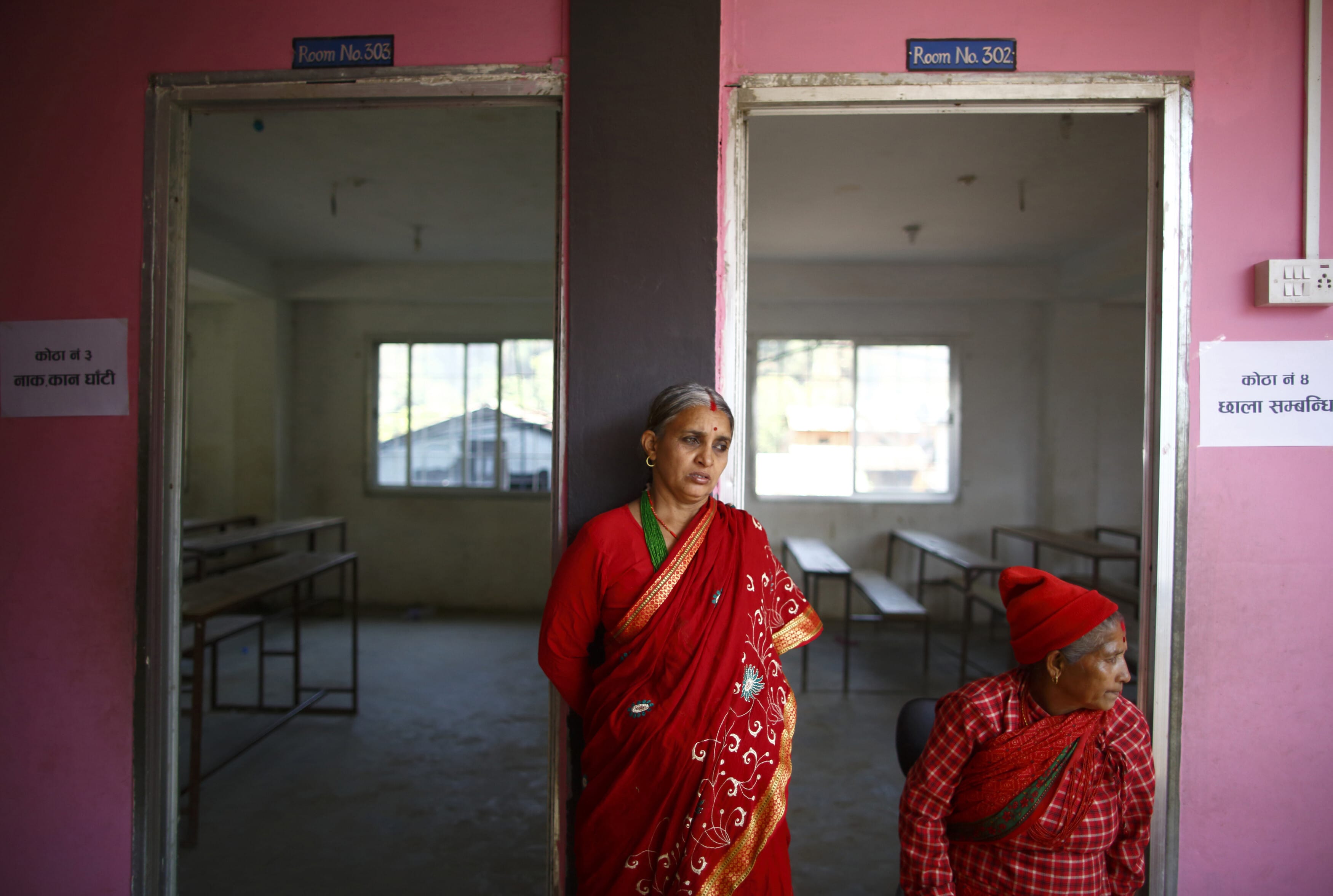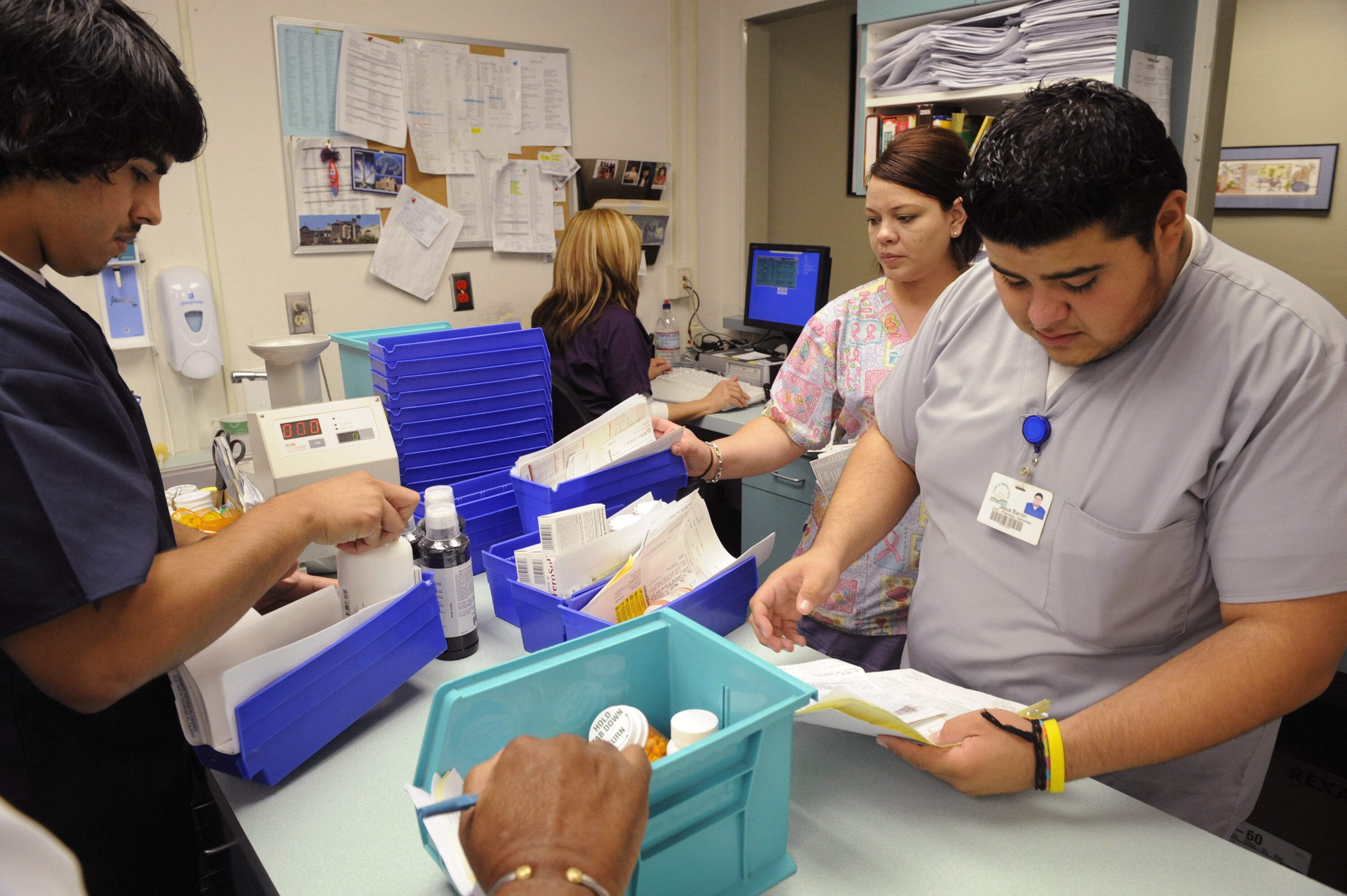Nearly 51 million people are internally displaced. This is what that means

As a precaution, many people have had to migrate to safer places.
Image: REUTERS/Elias Marcou
Stay up to date:
Global Health
- Unlike refugees, internally displaced people have not crossed a border to find safety.
- A record 50.8 million people were internally displaced at the end of 2019.
- 45.7 million people were driven from their homes by conflict or violence.
- 5.1 million of those were forced to move as a result of disasters.
- COVID-19 adds a new lethal threat on top of hunger, violence and poor sanitation.
They are the forgotten victims of crises – people forced to flee but who never cross a border. They rarely make the news, yet their plight is every bit as serious as those who reach other countries. Across the globe 50.8 million people were internally displaced at the end of 2019 – an all-time high, according to the Global Report on Internal Displacement.
The vast majority of them – a record 45.7 million people – were driven from their homes by conflict and violence, in countries such as Syria, the Democratic Republic of the Congo and Afghanistan. Another 5.1 million were forced to move as a result of disasters.
Huge as they are, these numbers might not even paint the full picture. The Internal Displacement Monitoring Centre (IDMC), part of the Norwegian Refugee Council (NRC), says this could be just the tip of the iceberg due to gaps in the data it is possible to collect.
Real lives
The United Nations says the internally displaced are among the most vulnerable people in the world. By staying in their own country, they remain under the protection of the government, even if that government is responsible for their situation. They often move to areas where it is hard to deliver humanitarian assistance.
Behind the statistics, real people’s lives have been upended. “We had a beautiful house. We’d been living there for three years when the artillery shelling began,” says Galina in an interview recorded by the NRC. “We hid in the basement. When the shelling intensified, we decided to leave. If anyone had been in the house or the basement during the shelling, they wouldn’t have survived.”
She fears for her daughter Anya's future. “The main thing I hope for my daughter is that she will be able to live in a peaceful world.” Galina’s home, before it was rendered uninhabitable by shelling, was in the civil war zone of Eastern Ukraine. She is typical of people around the world whose lives have been shattered by violent conflict.

Primary cause
Natural disasters have also wrought havoc for many people across the globe. “We found by the end of March that at least 18 million hectares had been burned, which is about the size of England and Wales combined,” says John Richardson of the Australian Red Cross, talking to IDMC about the scale of the bushfires that ravaged the country in 2019-20.
He says 3,000 homes were destroyed and 7,000 people made homeless. Australia has the resources to provide financial assistance to help people rebuild their homes and their lives. Not every country is so fortunate.
“In Mali, the challenges displaced people face are primarily caused by insecurity,” says Prince Lumueno of the NRC team in the country. “They flee their places of origin because of insecurity. When they flee, they lose their livelihoods, they lose their granaries and their fields.”
He says people forced away from their homes lose access to basic services and the essential community structures that make life in the least developed countries bearable, leaving them vulnerable to disease and exploitation.
What is the World Economic Forum doing about the coronavirus outbreak?
Additional threat
That lack of infrastructure could lead to further problems, as COVID-19 adds a new lethal threat to people cast adrift in their own lands, on top of hunger, violence and poor living conditions.
“Internally displaced people are often highly vulnerable, living in crowded camps, emergency shelters and informal settlements with little or no access to healthcare,” says the IDMC’s director, Alexandra Bilak.
“The global coronavirus pandemic will make them more vulnerable still. It will compromise their already precarious living conditions, by further limiting their access to essential services and humanitarian aid.”
There is some good news. The report says countries are developing systems to collect data about displaced people within their borders and it singles out progress in Indonesia, Mali and Sri Lanka. Ethiopia and Somalia are also praised for their efforts to help displaced people.
Bilak says: “The report shows that measuring and understanding a problem is the cornerstone of efforts to resolve it, but resources and political commitment are also needed if displaced people are to make tangible progress in re-establishing their lives.”
Accept our marketing cookies to access this content.
These cookies are currently disabled in your browser.
Don't miss any update on this topic
Create a free account and access your personalized content collection with our latest publications and analyses.
License and Republishing
World Economic Forum articles may be republished in accordance with the Creative Commons Attribution-NonCommercial-NoDerivatives 4.0 International Public License, and in accordance with our Terms of Use.
The views expressed in this article are those of the author alone and not the World Economic Forum.
Related topics:
Forum Stories newsletter
Bringing you weekly curated insights and analysis on the global issues that matter.
More on Health and Healthcare SystemsSee all
Andrea Willige
September 22, 2025
David Elliott
September 22, 2025
Amira Ghouaibi
September 22, 2025
David Elliott
September 19, 2025
Nina Rawal and Dorothy Chou
September 18, 2025
Eric White and Elia Tziambazis
September 18, 2025






